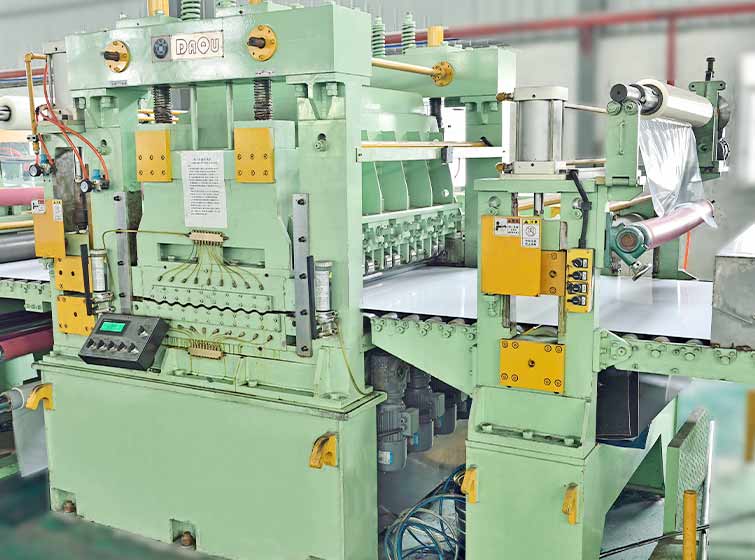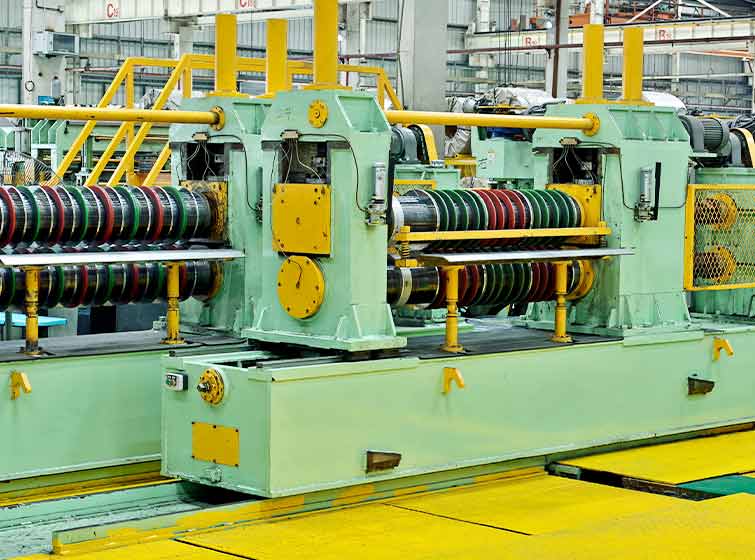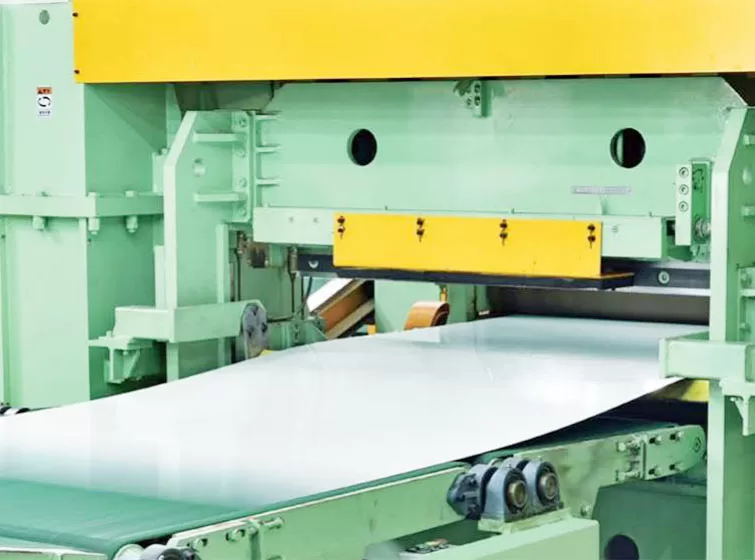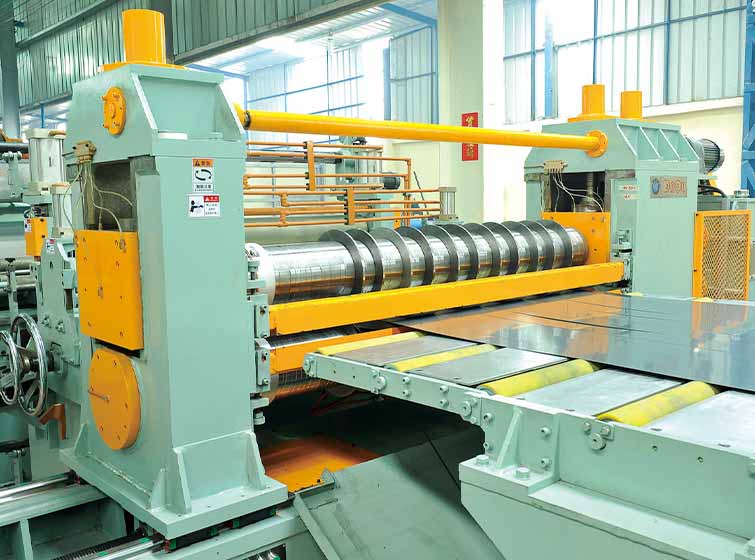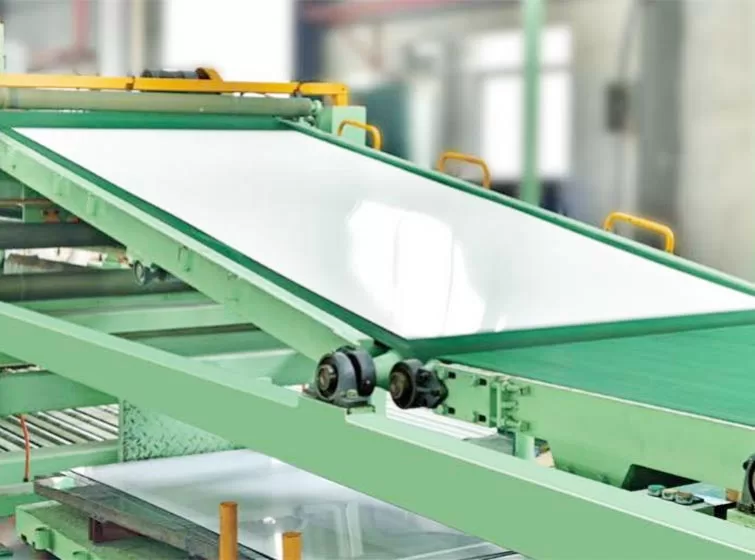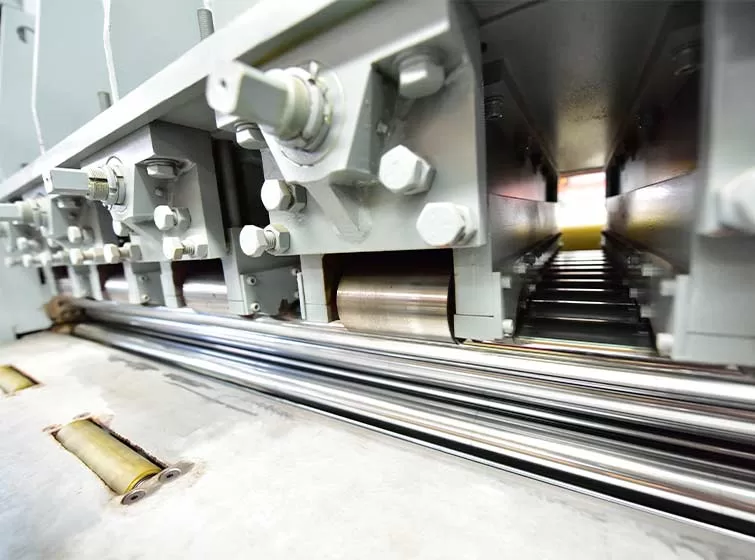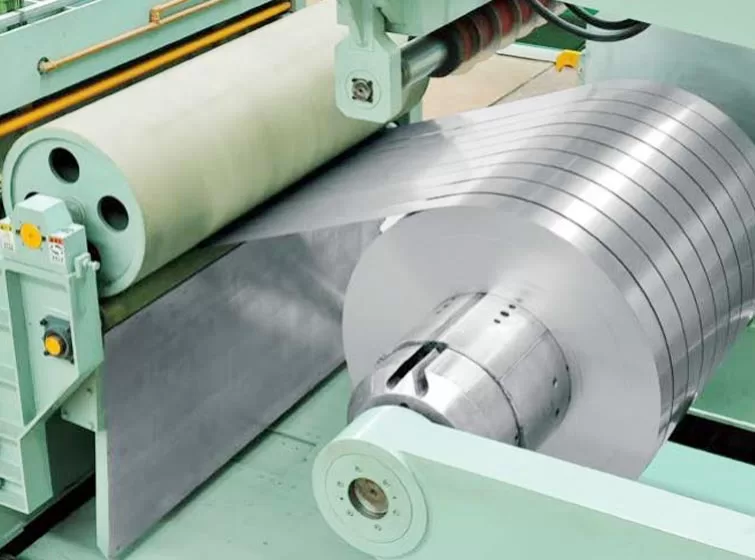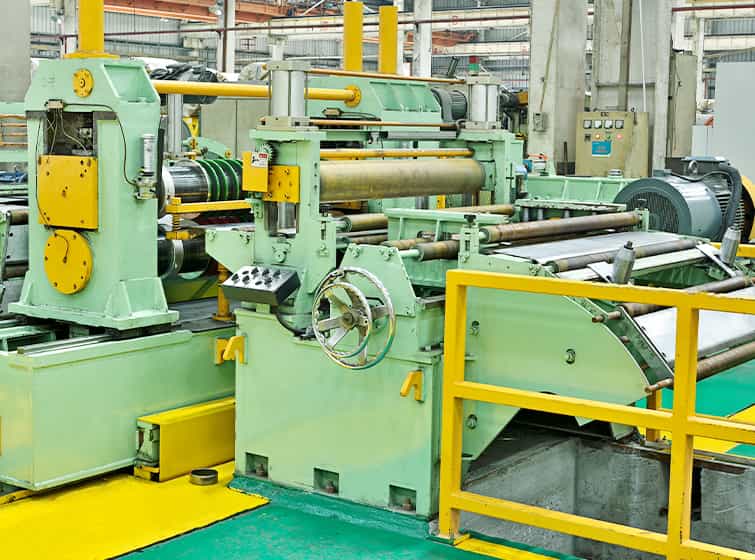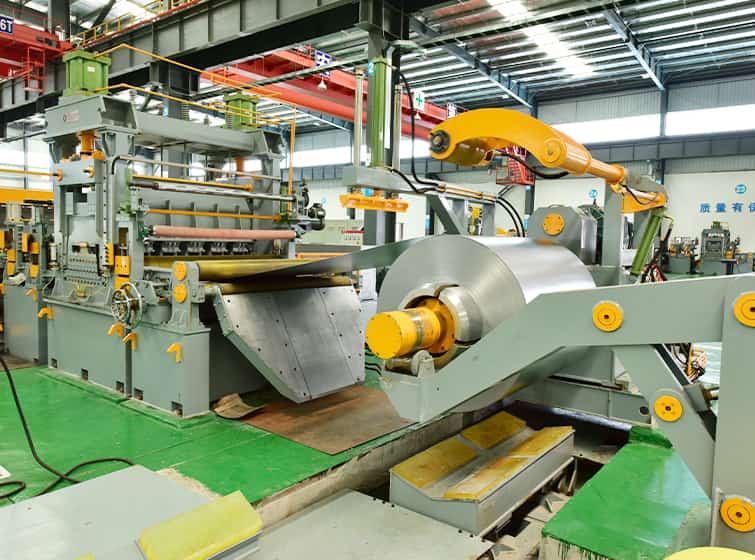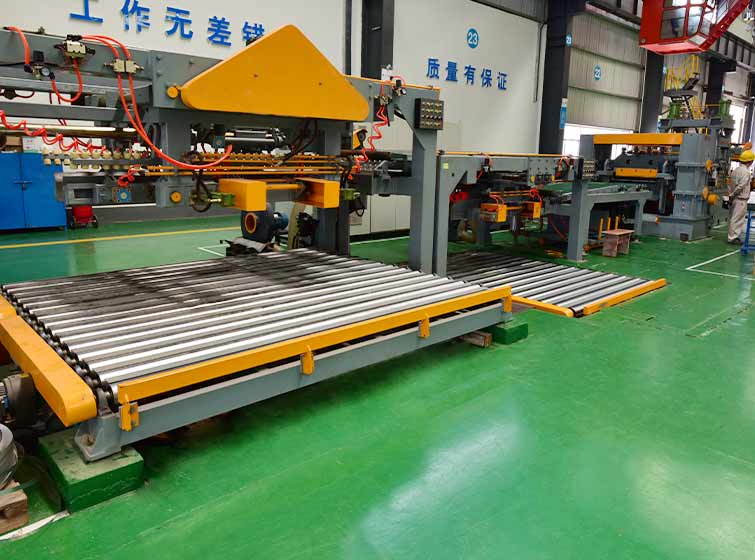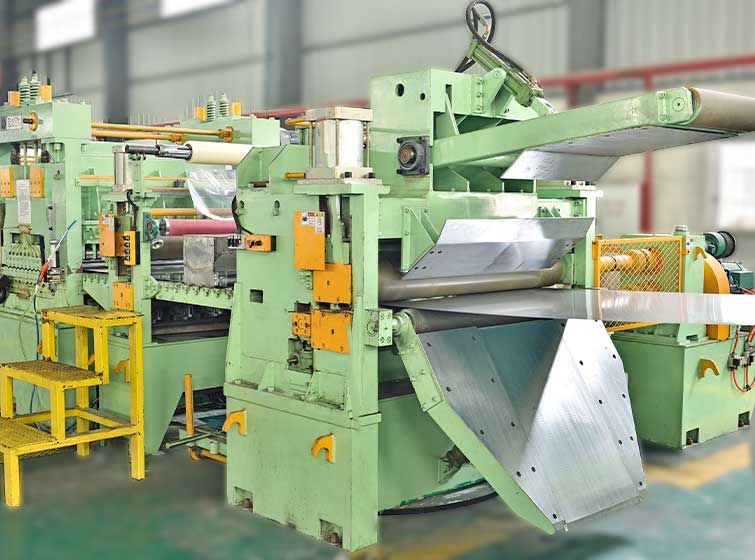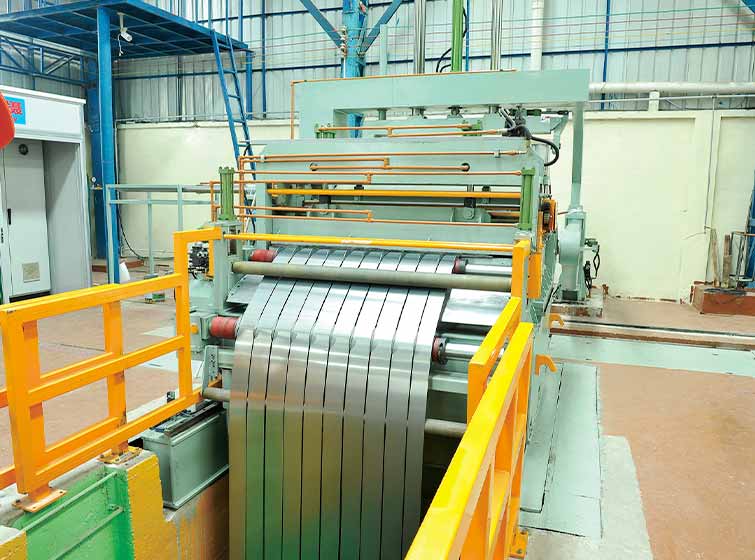Products
Troubleshooting Common Issues with Metal Sheet Slitting Machines
Metal sheet slitting machines are essential for cutting sheet metal into precise strips. However, like any other machinery, they can experience occasional issues that affect their performance. In this article, we explore troubleshooting common problems with metal sheet slitting machines and provide practical solutions.
Blade and Tooling Issues
Dull Blades: Worn-out or dull blades can result in poor cut quality, increased cutting forces, and potential blade breakage. Regularly inspect and replace blades as needed.
Incorrect Blade Alignment: Misaligned blades can cause uneven cutting, burrs, or damage to the sheet metal. Ensure that blades are properly aligned parallel to each other and perpendicular to the workpiece.
Excessive Blade Lubrication: Over-lubricating the blades can attract debris and affect cutting performance. Use only the recommended amount of lubricant and clean the blades regularly to prevent buildup.
Material-Related Problems
Material Thickness Variations: Inconsistent material thickness can lead to uneven cuts or blade damage. Calibrate the machine to match the thickness of the sheet being cut.
Material Hardness: Harder materials require sharper blades and higher cutting forces. Adjust the blade type and cutting parameters accordingly.
Surface Contaminants: Dirt, oil, or other contaminants on the sheet metal surface can interfere with cutting. Clean the workpiece thoroughly before slitting.
Machine Functioning Issues
Motor Overheating: Prolonged operation or excessive load can cause the motor to overheat. Allow the motor to cool down and check for any mechanical issues or overload conditions.
Incorrect Tension Settings: Inadequate or excessive tension on the material can result in inaccurate cuts, stretching, or tearing. Adjust the tension rollers to provide optimal grip on the sheet metal.
Slitter Head Vibration: Excessive vibration can affect cut quality and cause noise. Inspect the slitter head bearings, coupling, and drive shafts for any damage or misalignment.
Maintenance and Safety
Regular Lubrication: Regular lubrication of moving parts, such as the bearings and gears, is crucial for smooth operation and extends the machine’s lifespan.
Safety Precautions: Always wear appropriate safety gear, including gloves, goggles, and earplugs. Keep the machine area clean and free of obstructions to prevent injuries.
Preventive Maintenance: Scheduled maintenance, including blade sharpening, lubrication, and mechanical inspections, can help prevent minor issues from escalating into major problems.
Troubleshooting common issues with metal sheet slitting machines requires a systematic approach that addresses potential problems with blades and tooling, material-related factors, machine functioning, and maintenance practices. By following these troubleshooting guidelines, operators can effectively resolve issues, optimize machine performance, and ensure safe and efficient slitting operations.
